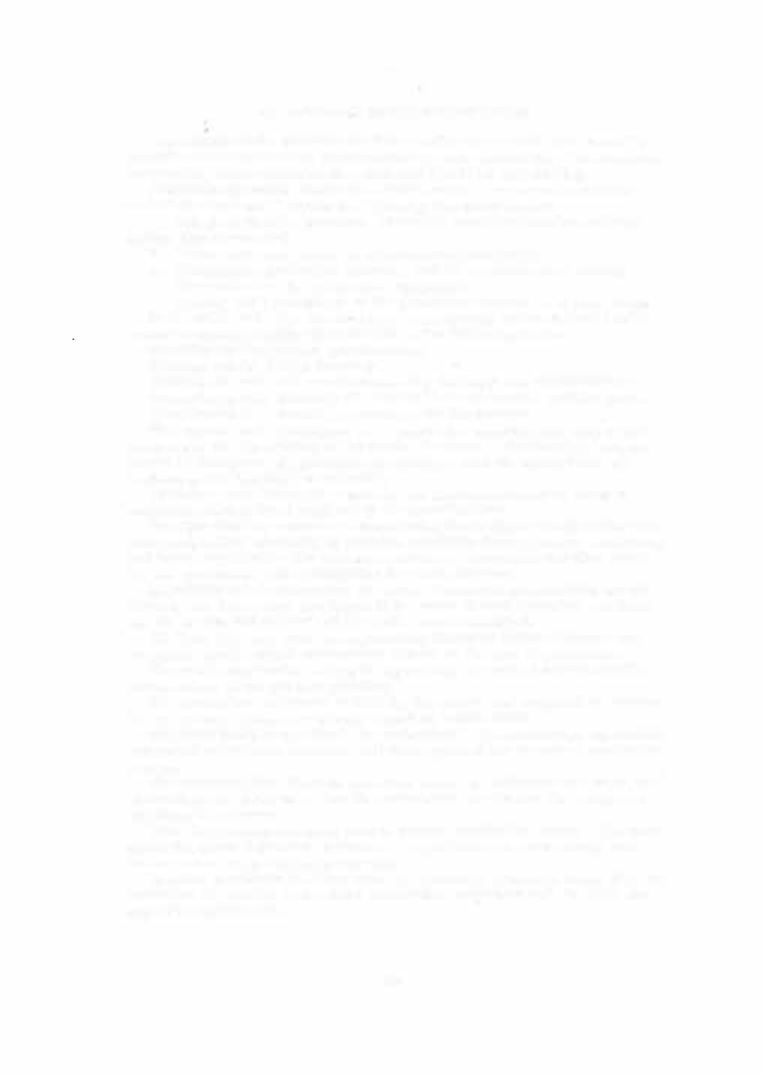Technology of watch production - part 9

FUNDAMENTALS OF PRODUCTION-PROCESS DESIGN
The designs of the product and of the production process are carefully
worked out b efore s tarting large - s eries or mass production. The extensive
preparatory work conducted is called p r o d u c t i o n p
1
a n n i n g.
Production planning comprises a whole range of measures undertaken
at definite dates and includes the following five basic stage s :
1 . Desi gn o f the n e w products , o r radical modification o f an existing
design (improvements ).
2 . Preparation and testing of experimental prototypes .
3 . Planning the production process , and the equipment and tooling.
4 . Manufacture of the production e quipment.
5 . Testing and development o f the p roduction process o n a pilot batch.
In the watch industry, the design of new products o r the radical modifi-
cation of exis ting designs is c onducted in the following stage s :
Establishing the p roduct s pecifications:
Working out the design d rawings .
Working out technical specifications for the parts and s ubass emblies .
Preparing design drawings of gear profiles and special profiled parts .
E s tablishing the assembly p rocedures for the product.
The experimental p rototypes are made in the experimental s hop of the
plant under the s upervis ion of the s enior designer . The drawings are cor
rected in the cpurs e of prototype manufacture , and the dimensions and
tolerances are carefully c oordinated.
Prototypes are thoroughly tested in the watch laboratory in order to
ascertain whether the design meets the specifications .
Process planning c onsists in establishing the s equence of operations for
each part and for assembly operations , s electing the equipment, machinery
and tools, establishing the p rocess c onditions , calculating the time rates
for the operations , and establis hing the work category.
In working out the proces ses the rates of material consumption are cal
culated, the dimensions and s hape of the parts at each operation are fixed,
and the m eans and methods of inspection are established.
All the s e data are noted on engineering charts of different shapes and
purpose s , whos e extent and contents depend on the type of production.
The most c omplicated among the operations are tested experimentally
in ihe c ourse of the p rocess planning.
The production equipme nt is built by the plant's tool s hop and the techno
logical process planned is us ually tested on a pilot batch.
The pilot batch is m achined and assembled in the bas ic shops on machin
e ry and at workplaces identical with those planned for the actual production
process .
The punching dies , fixtures and other pieces of equipment are tested , and
corrections are introduced into the engineering charts and the equipment
drawings if necessary .
After the process has b een tested, normal production begins . The test
ing of the planned process by m eans of a pilot batch is a necessary stage
for mass and large - s eries production.
In order to s horten the time taken by p roduction planning, many j obs are
conducted in parallel by the chief production engineer ' s and the chief de
signe r ' s departments .
3 3